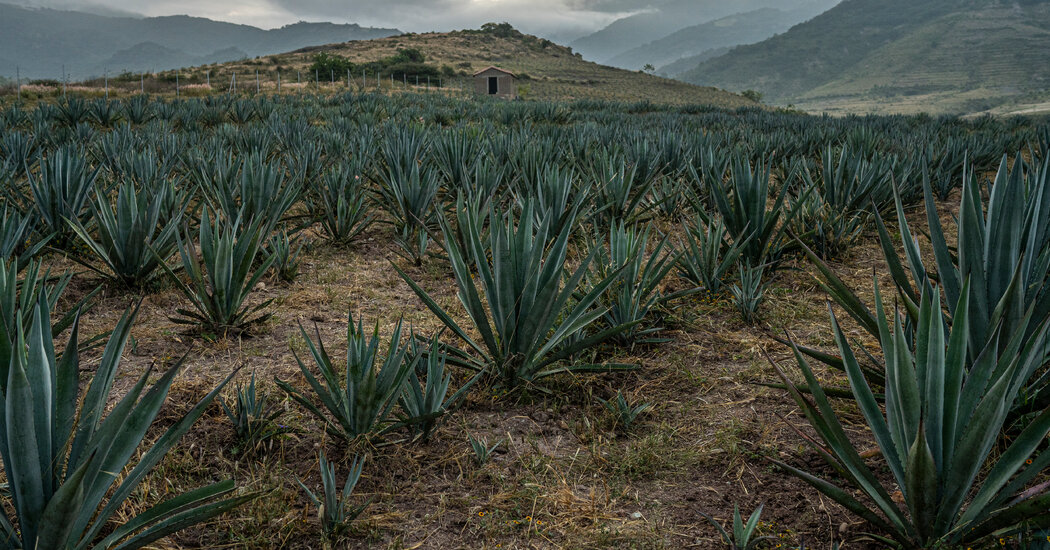
“I never expected this sort of Columbus crusade,” said Bricia Lopez, a Oaxaca native whose Los Angeles restaurant, Guelaguetza, stocks more than 100 mezcals.
Ms. Lopez cringes at hobbyists or investors who talk about “discovering” the spirit. She said she liked the way El Silencio, owned by two Mexican citizens, was growing: sustainably and in a way that aimed to create wealth for the region.
“You cannot buy tradition, and that’s what people who are getting into the mezcal business today are trying to do,” she said. “They’re trying to position themselves next to someone who looks like an Indigenous person, take a picture and be like, ‘I’m authentic, too.’”
Ms. Lopez added, “They start these brands, and they think they’re coming up with a story that’s unique to them, but it’s the same freaking story: ‘I’m a white guy who went to Oaxaca and, like, I fell in love with the people.’”
You can see why they would try, given the case of Mr. Clooney. In 2017, Casamigos, the tequila brand he co-founded, was acquired by the beverage company Diageo for an estimated $1 billion. That sale “prompted this whole rush of people to get into the industry,” said Susan Coss, the co-founder of the website Mezcalistas. “Like, ‘Look, there’s so much money to be made.’ But it’s difficult to build a mezcal brand.”
The most common species of agave takes seven years to mature. Mezcal is traditionally produced in small batches, the smoked agave mashed to a pulp by a donkey and distilled in copper stills. According to one report, tequila had global revenues of $9.4 billion in 2020. Mezcal’s revenues: about 4 percent of that. While tequila is technically a type of mezcal, Jalisco, the state that produces the majority of the world’s tequila, has infrastructure that Oaxaca can’t yet match.
“The biggest brand of mezcal is not even at 100,000 cases,” said Harry Kohlmann, the chief executive of Park Street Companies, which helps fledgling spirits brands expand. “But you have to think about 10 years from now,” he said. “There are going to be several brands who are over 100,000 cases. One will be over one million cases.”







